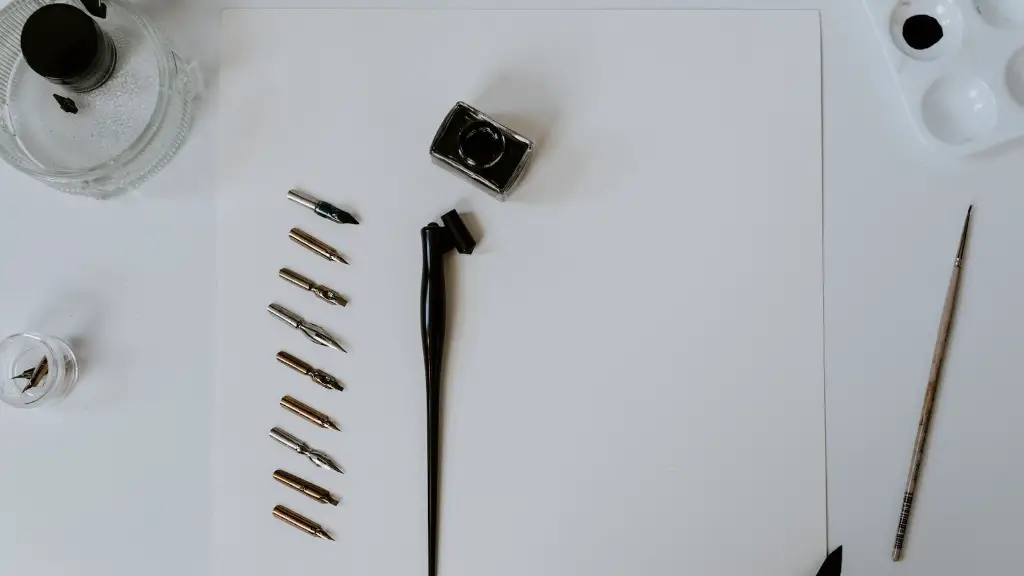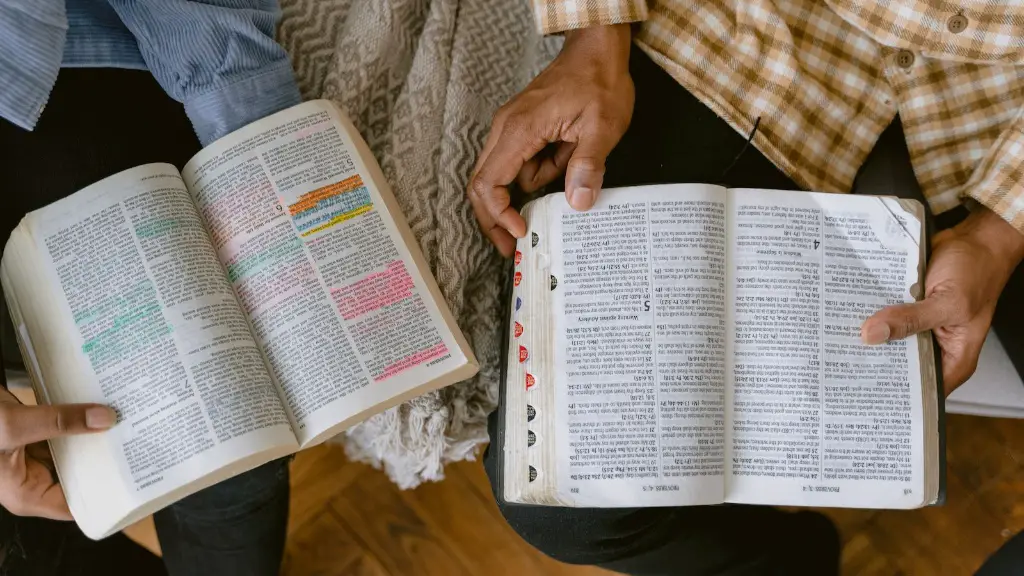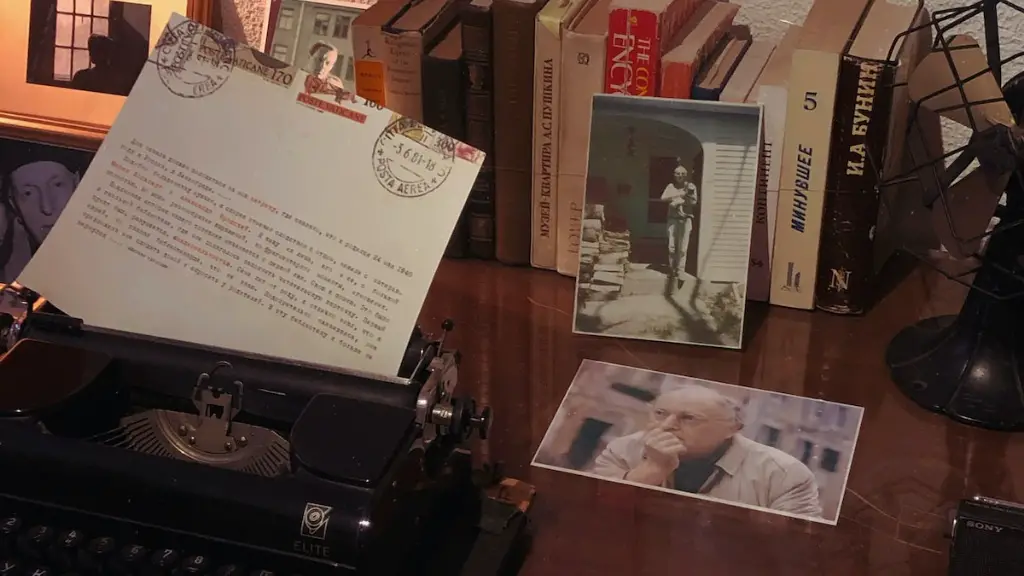Managing Poetry
Poetry is a very personal form of expression. From rhyming couplets to epic sonnets, every poem is a representation of the author’s thoughts and feelings. Once published, it is easy to share and expose these poems, but difficult to regulate who can view them and who can replicate them. On the one hand, poets may wish to ensure that they are credited and appreciated for their work. On the other hand, poets may also want to protect their work from being taken and used without their explicit permission.
In the last few years, creators have been given more freedom with their works, and more options for managing their intellectual property. Here are some tips for how to protect and manage poetry in the digital world:
Register for Copyright
The first step in protecting a poem is to register for copyright. Copyright is the legal protection that poets have over their work and gives them exclusive control over the use, reproduction and distribution of their work. Copyright registration is free and simple, and can be done online or through mailed forms. This is the best way to stay in control of one’s work and although the copyright works automatically, the registration process makes it almost impossible to dispute the copyright.
Observe Your Rights
When a poem is officially copyrighted, the author has several exclusive rights that must be respected. These exclusive rights are: reproduction, adaptation and distribution. Reproduction is the right to copy or reproduce the poem. Adaptation is the right to modify or change the poem. Distribution is permission to publish or sell the poem. If a poet wishes to have another person use their poem in any way, these rights must be granted first.
Use Watermarks
In recent years, image theft has made it difficult for poets and other authors to protect their work. Though copyright registration may help in legal disputes, it is best to take proactive measures to protect one’s work. One effective way is to use watermarks. A watermark is a transparent overlay of text or logo that can be embedded in an image. By adding a watermark to a poem, the poet is able to protect his or her intellectual property in an unobtrusive way.
Ask for Permission
When wanting to allow another person to use a poem, always ask for permission. This will ensure that the poet has the ability to control who is using their work and how they are using it. Without permission, a person may be stealing from the poem’s author and could be sued for copyright infringement.
Publish on Authoritative Platforms
In addition to registering for copyright, it is important for the poet to publish their work on authoritative websites. This ensures that the poem is published under a secure platform and can be tracked. Publishing on a recognised website or journal also provides a means for the poet to gain additional exposure and receive feedback on the work.
Don’t Post Everything
Though sharing is an important part of the creative process, it is wise to not post every single poem online. Poets can instead share snippets or sections of longer works, while keeping the entire poem protected. This will allow a poet to reserve the right to use their poems in a variety of ways.
Search Engine Strategies
Once a poem is registered for copyright, poets can use search engine optimization (SEO) strategies to make sure their poems come up quickly in search results. Optimizing photographs and other media, as well as setting up a dedicated website can also help to protect one’s work.
Other Legal Steps
If a poet is interested in pursuing legal action for infringement of copyright, it helps to register for the Digital Millennium Copyright Act. This law allows a poet to pursue legal action against those who reproduce their work and can protect their rights even more.
Receiving Payment
Once a poet’s work is protected, they can begin to look into ways to receive payment for their work. This can include publishing in established journals or actively seeking publication in magazines and advertising companies. By ensuring that the poem is properly credited, this could lead to recognition and, potentially, payment.
Networking Opportunities
Once a poet has taken the necessary steps to protect their poem, they can start to look into networking opportunities. There are online groups and organizations dedicated to helping poets get their work seen and, potentially, published. Networking on platforms such as Twitter and Instagram is also a great way to spread the word about a poem, as well as seek out advice from editors and other poets. These connections can help a poet to get their work in front of the right people and increase their exposure.
Create Summary Document
The best way for a poet to keep track of their work is to create a summary document. This document should include registration details and author credit information for all published poems. Keeping this document up to date is important, as it can be used as evidence in case of any legal disputes.
Protecting Poem Files
In this digital age, all poems should also be stored securely. It is also important to back up files, in case a poet’s computer hard drive crashes or is stolen. For added protection, it would also be beneficial to have multiple copies of a poem stored in different locations.
Understand the Importance of Ownership
Though protecting poetry can seem like a daunting task, understanding the importance of ownership is a great place to start. A poem is an expression of a poet’s thoughts, feelings and imagination and, as such, should be kept safe from theft and misuse. By following the steps outlined above and understanding the power of intellectual property, poets can rest assured that their work is safe and secure.


